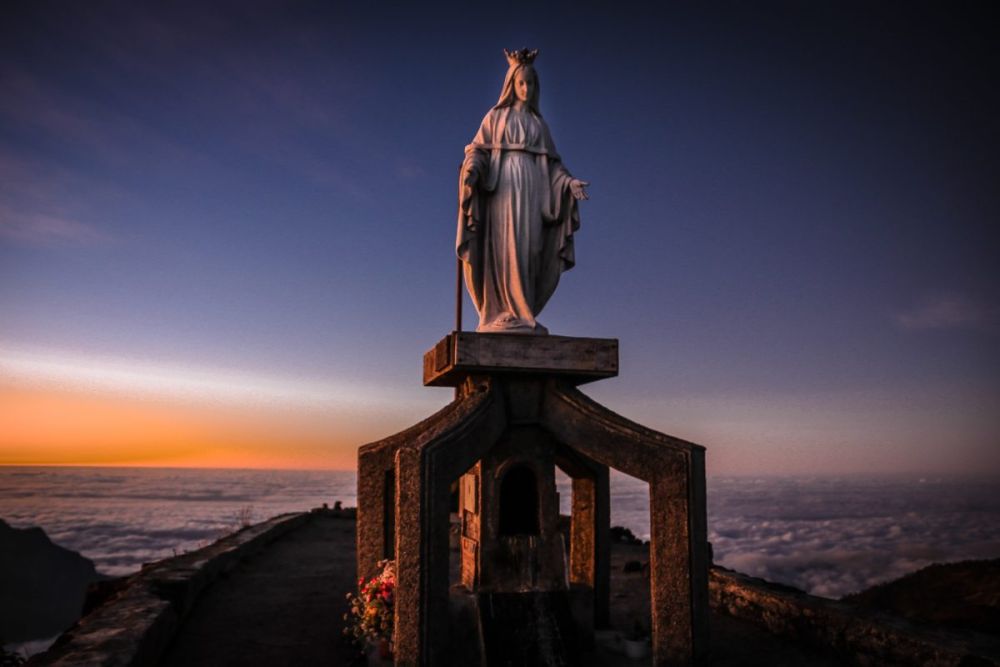

Mount Ramelau, also known as Tatamailau, stands as the highest peak in Timor-Leste (East Timor), boasting an elevation of 2,986 meters (9,797 ft) above sea level. The mountain is not only a significant natural landmark but also holds cultural and spiritual importance for the Timorese people. The area around Mount Ramelau, particularly Maubisse, is rich in scenic beauty and cultural traditions, making it a favored destination for both local and international tourists.
Tourism at Mount Ramelau has a relatively short history, largely due to the political and social unrest that affected Timor-Leste for several decades. With the country achieving independence in 2002, following a turbulent past of Portuguese colonialism and Indonesian occupation, Mount Ramelau started to emerge as a site for tourism.
As peace and stability strengthened, travelers began to recognize Timor-Leste's untapped natural beauty, with Mount Ramelau at the forefront. Traditionally, pilgrimage treks to the statue of the Virgin Mary at the summit - a symbol of peace and hope - are a part of Timorese Catholic practice. However, these spiritual journeys have now intertwined with the growing interest in adventure tourism.
In recent years, Mount Ramelau has seen a steady increase in visitors seeking cultural exchanges and eco-tourism experiences. Here are some trends influencing tourism in the region:
Mount Ramelau and Maubisse serve as a testament to Timor-Leste's resilience and cultural richness. Efforts are underway by the Timorese government and various NGOs to further develop the region's infrastructure and promote sustainable tourism practices. This approach not only preserves the magnificent landscapes and cultural heritage but also supports local communities economically.
The future of tourism at Mount Ramelau looks promising as Timor-Leste continues to establish itself as a unique and off-the-beaten-path destination that offers visitors a blend of natural beauty, cultural experiences, and spiritual enrichment.